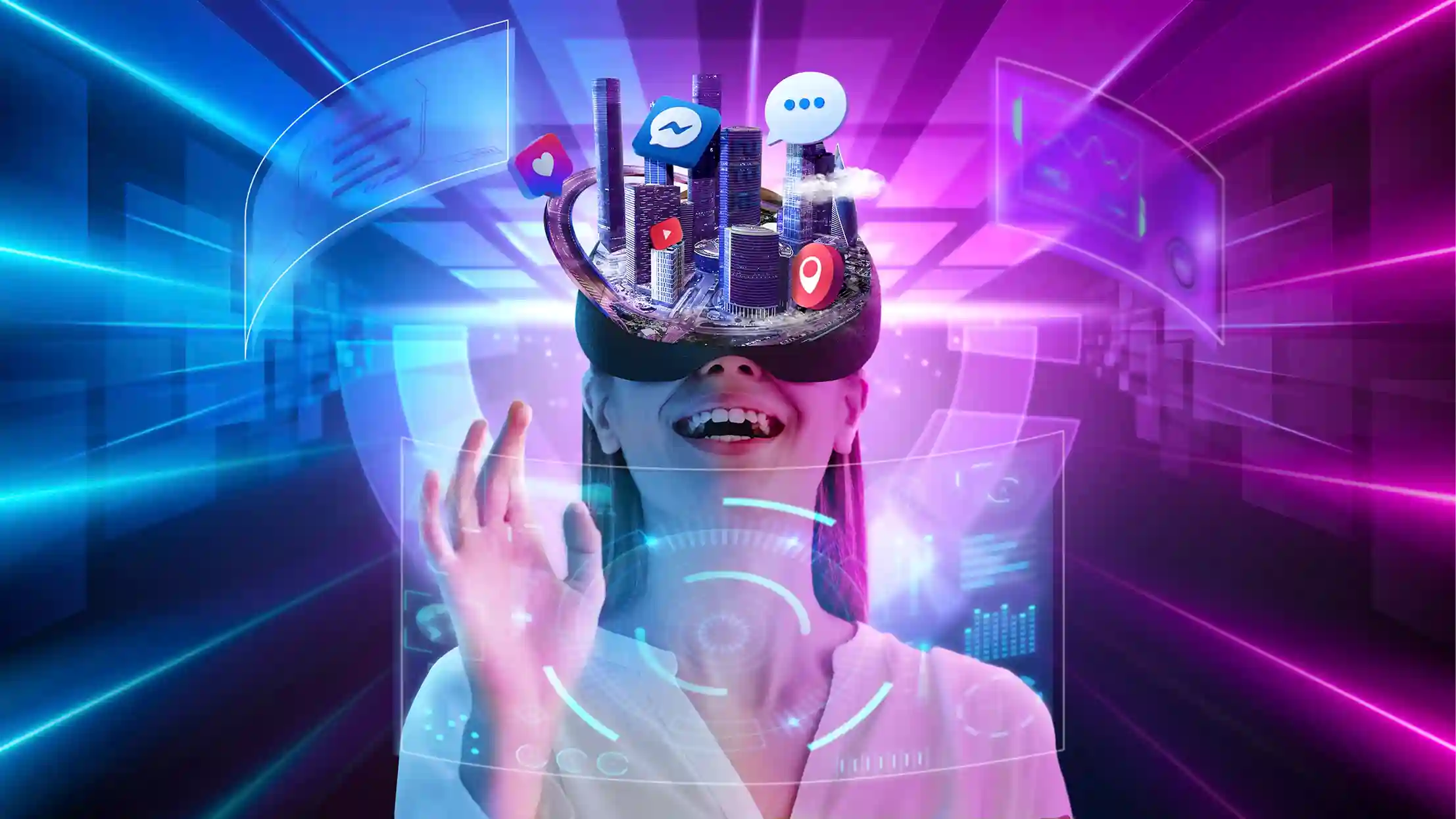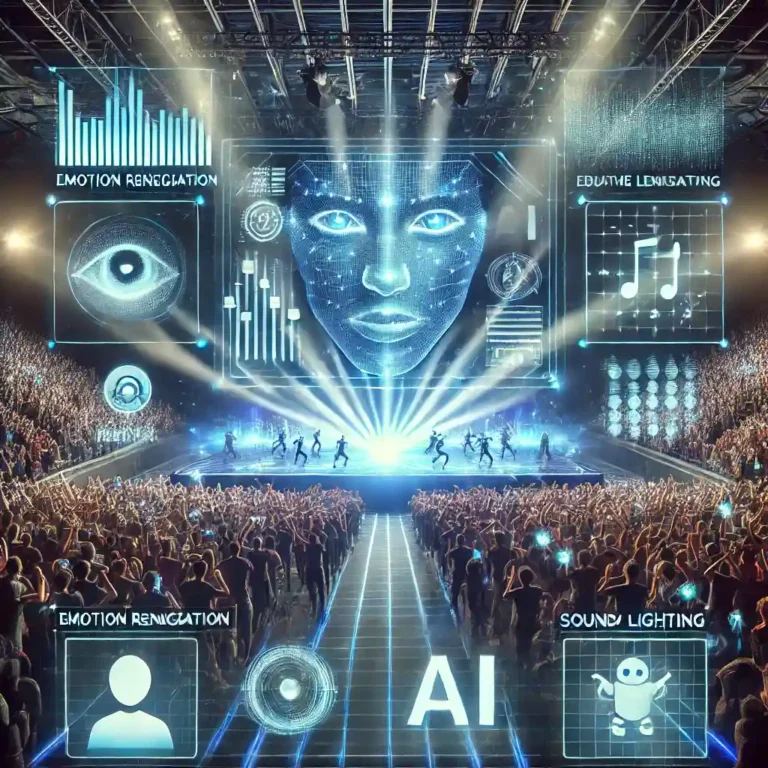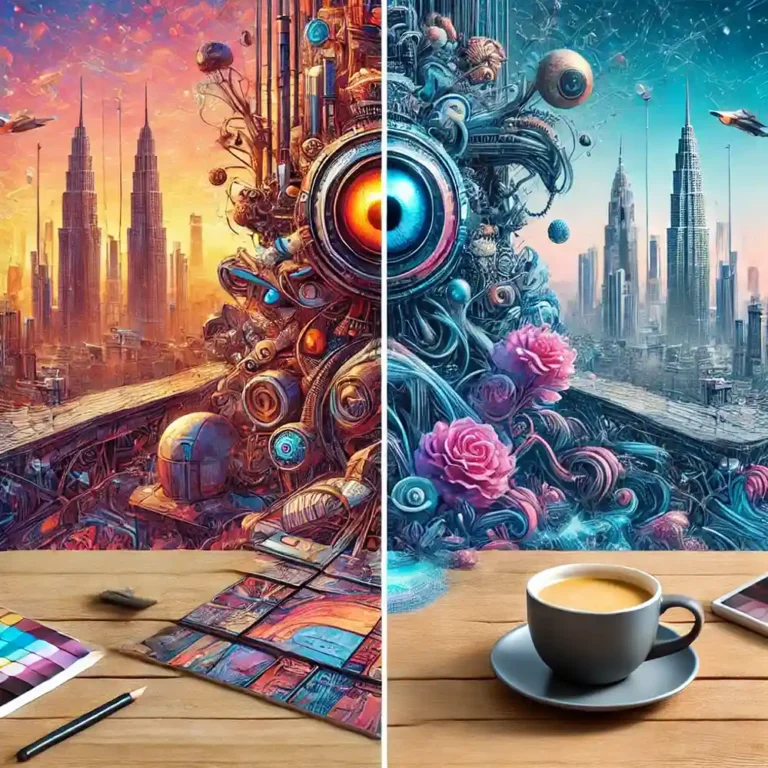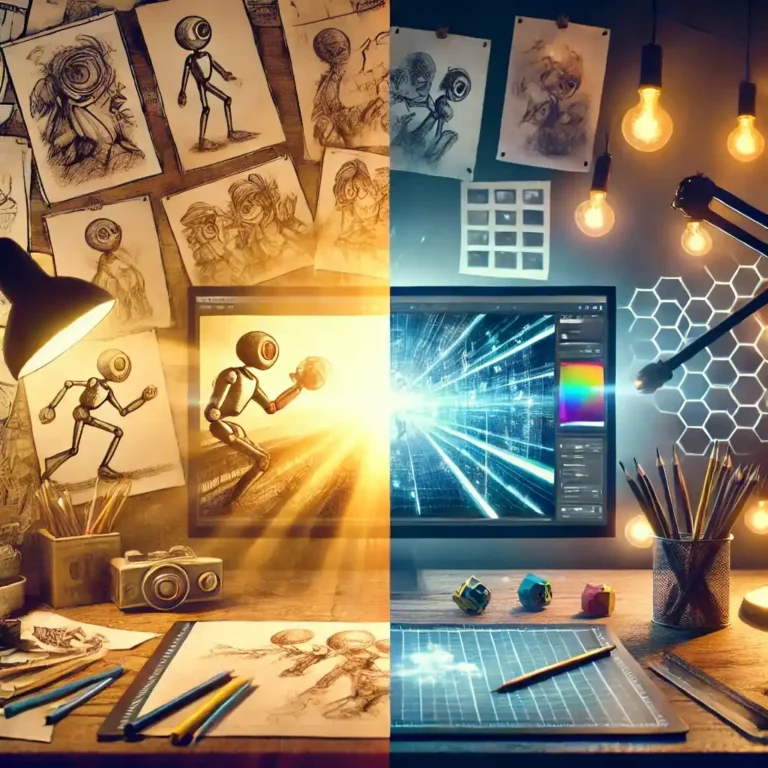Impact of AI on Virtual and Augmented Reality: New Era
How AI is changing the World of VR and AR
Virtual Reality (VR) and Augmented Reality (AR) have brought new, exciting ways for us to experience digital content. From interactive games to online shopping and virtual fitness, these technologies let us see and do things we never thought possible. But there’s something behind the scenes making VR and AR even better, and that’s Artificial Intelligence (AI).
We’ll break down how AI is transforming VR and AR, making these experiences not just more engaging but also more personal. Whether you’re a gamer, a shopper, a student, or just curious about new tech, AI in VR and AR is something worth knowing about.
What AI Brings to VR and AR
In simple terms, AI makes VR and AR experiences “smarter.” With AI, VR, and AR apps can recognize objects, track movements, and even understand what users are saying and doing.
For example:
- In gaming: AI lets virtual characters react to your actions in real-time.
- In retail: AI helps AR apps allow you to “try on” clothes or test out furniture in your space before you buy.
- In healthcare: VR powered by AI is used to train doctors with lifelike patient simulations.
With AI, these applications get much better at responding to what you’re doing, adapting in real-time, and feeling more lifelike.
Bringing Realism to VR and AR
One big way AI boosts VR and AR is by making experiences feel real.
- Object Recognition:
AI helps AR recognize things in the real world. For instance, an AR app for learning about animals can label different creatures as you move your phone around a zoo or park, adding educational value to your visit. - Scene Understanding:
AI also makes virtual objects blend better into real scenes. It adjusts the lighting and angles of virtual items to match your physical space, so everything feels more natural. - Speech Recognition and NLP:
This technology helps users to talk to virtual characters. In VR games, for instance you can give commands, ask questions, and have characters respond. It’s like chatting with a friend, which makes the experience feel personal and immersive.
By combining these elements, AI makes VR and AR come alive in ways we’ve never seen before.
AI Makes VR and AR Personal
A huge part of what makes AI in VR and AR so impactful is personalization. AI can tailor experiences to each user, making them feel unique.
- Customized Content:
AI can change content based on what you like. For example, if you’re using a VR fitness app, the app can adjust the intensity of workouts or change the scenery to keep things interesting. - Understanding User Behavior:
AI learns from your actions and predicts what you might want to do next. In VR gaming, this means the game can get harder or easier depending on your performance, making sure it’s challenging but not frustrating.
This personalization isn’t just convenient—it makes VR and AR feel like they’re made just for you.
AI Creates Lifelike Virtual Characters
Creating realistic virtual characters and avatars is another area where AI shines.
- Smart Characters:
With AI, non-playable characters (NPCs) in VR games or simulations can respond to you based on what you’re doing. They adapt their actions and even their speech to fit the situation, making interactions feel natural. - Emotion Detection:
Some VR applications can also detect your emotions, adjusting a character’s response to match with how you’re feeling. For example, if a VR therapy app detects sadness, it might respond with calming and in supporting tone.
These AI-driven characters make VR and AR feel like real-world interactions, keeping you engaged and connected.
Better Motion Tracking and Spatial Awareness
VR and AR wouldn’t be complete without good tracking. AI brings accuracy to how VR and AR apps follow your movements and understand your surroundings.
- Tracking Movements:
AI-powered motion tracking lets VR apps follow your hand gestures and body movements accurately. If you’re playing a VR sports game, AI ensures that every swing or jump you make feels responsive and realistic. - Mapping the Environment:
In AR, AI understands your physical space, so virtual objects look like they belong. For instance, if you’re using an AR app to place virtual furniture in your living room, AI helps ensure that the items fit naturally with your room layout. - Adding Realistic Feedback:
AI enhances haptic feedback, the “feel” of virtual objects, so you can feel textures or resistance when interacting with virtual items. This adds a new level of realism, making VR and AR more than just visual experiences.
Industries Benefiting from AI in VR and AR
The impact of AI-powered VR and AR is huge across fields. Here are a few examples:
- Healthcare:
AI-driven VR allows medical professionals to practice complex procedures on virtual patients. These patients can react and respond just like real patients, helping doctors build skills in a safe and protective environment. - Education:
In classrooms, AR apps with AI making learning more interactive. For example, an AR app could bring history to life by showing historical landmarks or battles when students point their device at a map. - Retail:
Shoppers can use AI-powered AR to “try on” clothes or see how furniture fits in their home. AI even makes recommendations based on style preferences, creating a more personal shopping experience. - Entertainment and Gaming:
AI lets VR games adjust to the style of each player. Whether you’re a casual gamer or a pro, the game can adapt to your skills and preferences, providing a better experience.
Challenges AI Faces in VR and AR
There are still challenges to keep in mind:
- High Processing Needs:
AI can require a lot of computing power, which can make VR and AR devices expensive. While keeping the experience smooth and reducing the computing demand is a big challenge. - Privacy:
VR and AR collect a lot of personal data, including location, movements, and sometimes even facial expressions. It is very important to ensure that this data is kept private is, especially as data privacy laws become stricter. - Balance Between AI Control and User Freedom:
While AI makes VR and AR more interactive, there’s a need to balance AI control with user agency. Too much AI control can make the experience feel rigid instead of fun and spontaneous.
Being aware of these challenges can help developers make VR and AR even better, keeping user needs and limitations in mind.
The Future of AI in VR and AR
The future of AI in VR and AR looks bright. Here are some developments to watch for:
- Better Realism:
AI is expected to make VR and AR more lifelike, improving everything from character behavior to environmental interactions. - IoT Integration:
Combining VR and AR with IoT (Internet of Things) means more real-time data can be used to create interactive experiences that adapt to real-world conditions. - Accessibility:
As AI is improving with time, VR and AR devices could become more affordable as well as accessible, opening up these experiences to a large audience.
Final Remarks
AI is changing VR and AR, making these technologies smarter and more engaging. With AI, VR and AR applications can personalize experiences, create realistic interactions, and open up new possibilities in industries like healthcare, retail, and entertainment.
The potential of AI in VR and AR is huge, and we’re only scratching the surface of what’s possible. Whether you’re a tech enthusiast, a gamer, or just curious, there’s no doubt AI-driven VR and AR experiences are here to stay, and they’re only going to get better.







One Comment